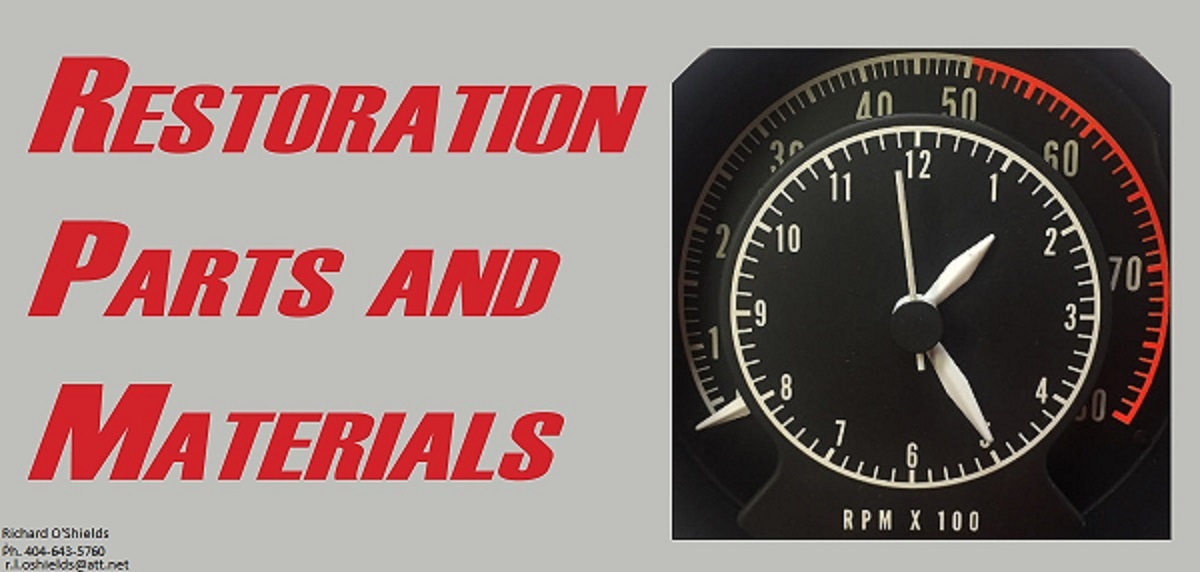I remember when the white lithium grease was the suggested assembly lube for bearings, but it doesn't have "the guts" for cam lobes, to me. It was either the old GM EOS (pint) that was poured over the lifter valley and cam when the valve train was in place and the intake manifold installed. 2 cans of STP was a substitute. Most came manufacturers had their moly assembly paste, too. Seems that there was also a recommendation for an oil/filter change after the initial cam run-in? As the lithium paste could clog the oil filter?
Like other automotive chemicals, what was available was what was used, typically. Most auto supplies and STP Oil Treatment, back then. Just as brake fluid was used in convertible top hydraulics, back then, as it was available "everywhere".
Most machine shops put a coating of assembly lube on the bearings when they put everything together, in recent time. Cam bearings, too. Then the moly paste on the cam lobes. Lifters are dunked/soaked in engine oil prior to installation. Basic orientation is that everything that moves needs oil on it, of some type.
IF the engine will be fired reasonably soon, then pre-lubes are not that critical, but if it's going to sit for a while, then the type and amount of pre-lube can be important. Just as the oil pumping oil to pre-lube prior to start-up is a very good way to do things. Better to have too much than not enough.
The basic run-in at mid-range rpm (2500 or so) is to get oil slinging off of the main and rod bearings slung into the camshaft area, from the bottom upward, as that's the ONLY oil supply for the cam lobes. Varying the rpm a bit allegedly puts oil into different areas, for best results, after the first minutes of stable running.
The "green block" break-in has to do with getting the block cured as it runs, which can cause some machining to "move" a bit, so one reason for no racing for the first 500 miles or so recommendation. Consider, too, that by the time a new vehicle gets to the dealer, the engine has already had its 30 minute initial run-in at the engine assembly plant, then a bit more as the car is transported to the dealer and such.
Starting with a "cured" block (i.e., a block that's been in a vehicle for many thousands of miles and such), there is no further curing so the machining stays put. That means that any run-in time should be shorter, but you've still got to get the rings/cylinder wall interface are comfortable with each other. Varying the engine/cruise speeds and loading can accomplish that. As the engine runs and drives, you can tell when that process is completed and stabilizes in performance and throttle response.
Before we got syn oil, there were lower viscosity oils for various prevailing temperatures. Lighter oils for colder weather and thicker oils for hotter weather. With modern blend stocks and quality thereof, thinner oils can be used for increased fuel economy and fewer exhaust emissions, plus less power absorbed by the engine oil pump. Bearing clearances are related to journal size, generally. Ring end gaps need to be widened for the more power-adders used. Skirt clearance needs to be a bit more for really HP/truck applications. So these relationships were made long before syn oils were popular or known about. This is where you tell the engine machinist what you're going to do and they do their thing.
If you look at cylinder wall hone marks under a microscope, you'll see jagged peaks and valleys at each "mark". The break-in process is like a "controlled wear" situation until these peaks are smoothed off a bit, then the wear stops and comes back into the normal range of things. Which is then where the oil base stock comes into play to decrease further wear.
So, have fun putting it all together!
CBODY67
Like other automotive chemicals, what was available was what was used, typically. Most auto supplies and STP Oil Treatment, back then. Just as brake fluid was used in convertible top hydraulics, back then, as it was available "everywhere".
Most machine shops put a coating of assembly lube on the bearings when they put everything together, in recent time. Cam bearings, too. Then the moly paste on the cam lobes. Lifters are dunked/soaked in engine oil prior to installation. Basic orientation is that everything that moves needs oil on it, of some type.
IF the engine will be fired reasonably soon, then pre-lubes are not that critical, but if it's going to sit for a while, then the type and amount of pre-lube can be important. Just as the oil pumping oil to pre-lube prior to start-up is a very good way to do things. Better to have too much than not enough.
The basic run-in at mid-range rpm (2500 or so) is to get oil slinging off of the main and rod bearings slung into the camshaft area, from the bottom upward, as that's the ONLY oil supply for the cam lobes. Varying the rpm a bit allegedly puts oil into different areas, for best results, after the first minutes of stable running.
The "green block" break-in has to do with getting the block cured as it runs, which can cause some machining to "move" a bit, so one reason for no racing for the first 500 miles or so recommendation. Consider, too, that by the time a new vehicle gets to the dealer, the engine has already had its 30 minute initial run-in at the engine assembly plant, then a bit more as the car is transported to the dealer and such.
Starting with a "cured" block (i.e., a block that's been in a vehicle for many thousands of miles and such), there is no further curing so the machining stays put. That means that any run-in time should be shorter, but you've still got to get the rings/cylinder wall interface are comfortable with each other. Varying the engine/cruise speeds and loading can accomplish that. As the engine runs and drives, you can tell when that process is completed and stabilizes in performance and throttle response.
Before we got syn oil, there were lower viscosity oils for various prevailing temperatures. Lighter oils for colder weather and thicker oils for hotter weather. With modern blend stocks and quality thereof, thinner oils can be used for increased fuel economy and fewer exhaust emissions, plus less power absorbed by the engine oil pump. Bearing clearances are related to journal size, generally. Ring end gaps need to be widened for the more power-adders used. Skirt clearance needs to be a bit more for really HP/truck applications. So these relationships were made long before syn oils were popular or known about. This is where you tell the engine machinist what you're going to do and they do their thing.
If you look at cylinder wall hone marks under a microscope, you'll see jagged peaks and valleys at each "mark". The break-in process is like a "controlled wear" situation until these peaks are smoothed off a bit, then the wear stops and comes back into the normal range of things. Which is then where the oil base stock comes into play to decrease further wear.
So, have fun putting it all together!
CBODY67

















